How to make Nepalese-style steamed dumplings 'Momo' wrapped in crispy skin with plenty of coriander seeds

There are various forms of gyoza, such as pan-fried gyoza, boiled gyoza, and fried gyoza. When I ate Nepalese-style steamed dumplings ' Momo ' at a Nepalese
Below is a picture of the peach I ate at ' Nepal Restaurant Balpipal ' in the neighborhood of the editorial department. Compared to general dumplings, the skin is thicker and chewier. The seeds contain a large amount of pakchi, and when you break the skin, the taste of pakchi & garlic & chicken spreads in your mouth. I liked the taste of peaches, so I read the Nepalese cookbook ' Dal Bhat and Nepalese Cuisine ' and found out that it can be made with only the ingredients available at supermarkets. I actually made it to enjoy a large amount of peaches to my heart's content.

Make skin
The characteristics of peaches are 'thick and crispy skin' and 'seeds with coriander'. To reproduce the peach in the shop, you need to make it yourself from the skin. The skin material is as follows.
Strong flour: 200g
Salt: a pinch
Oil: 1 tablespoon
Water: adjust while making
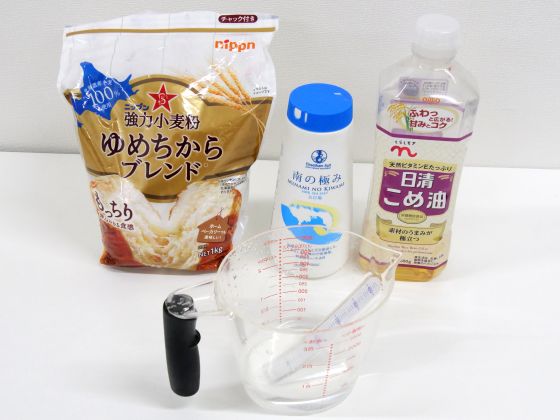
First, put strong flour, salt, and oil in a bowl and mix.
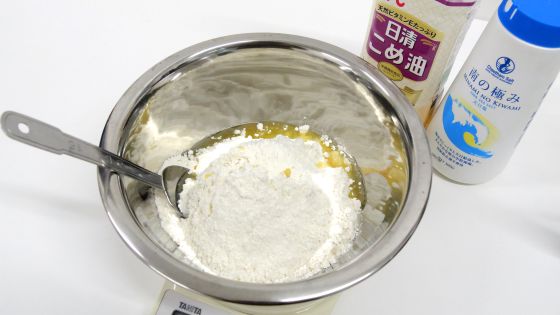
Then add 50ml of water.
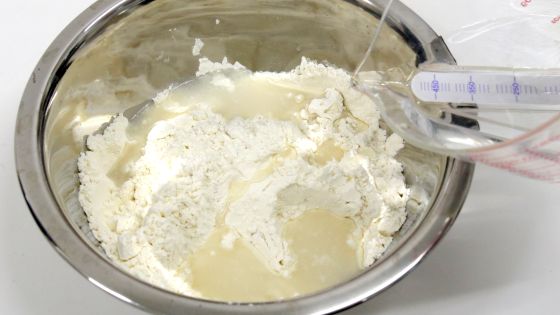
Rub your fingers together to distribute the moisture so that there are no powdery parts.
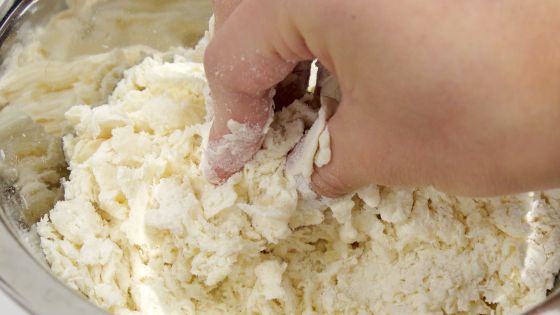
Add 30 ml of water when the water is spread.
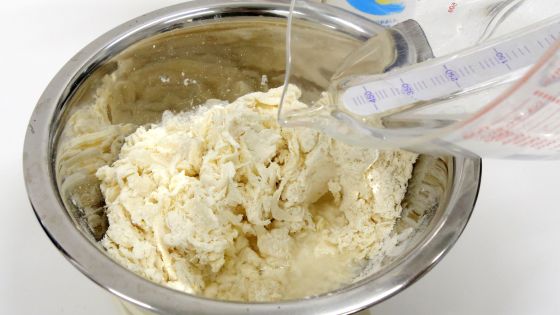
Bring the powder together while spreading the moisture. If it doesn't come together, add water little by little. The key is to use as little water as possible.

Once it comes together, knead it vigorously.
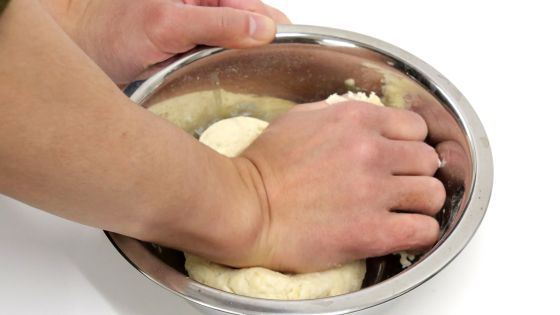
When the surface is smooth, roll it into a ball.
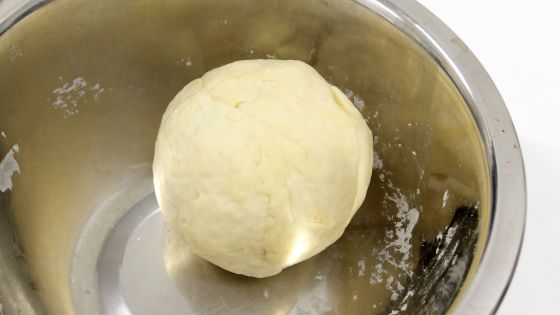
Then lightly oil the plastic wrap.
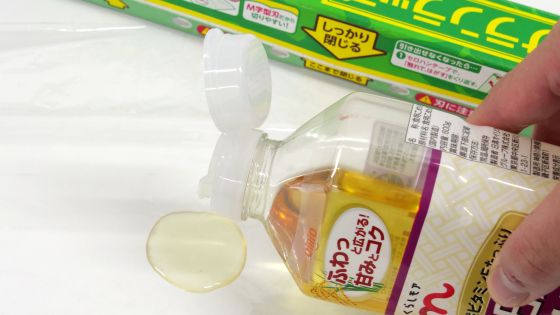
Wrap the dough in oiled plastic wrap.

Wrap the dough and let it rest in the refrigerator for 2 hours.

◆ make seeds
Next, make the seeds. The materials are as follows.
Salt: 1/2 teaspoon
Sesame oil: 1/2 teaspoon
Coriander powder: 1/2 teaspoon
Cumin powder: 1/2 teaspoon
Onion: 1/4
Minced chicken breast: 200g
Pakchi: 10g
Ginger: 10g
Garlic: 1 clove
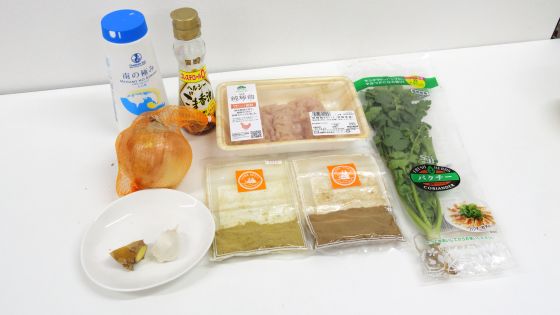
Finely chop the onion, cilantro, garlic and ginger and place in a bowl.
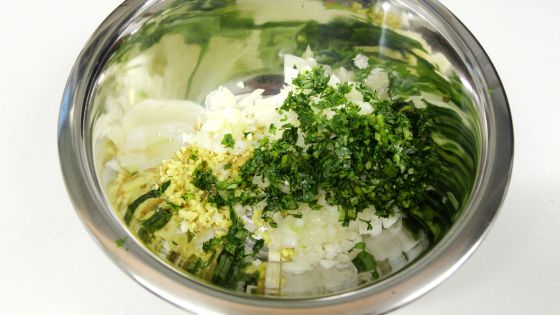
Then add salt, sesame oil, coriander powder, and cumin powder.
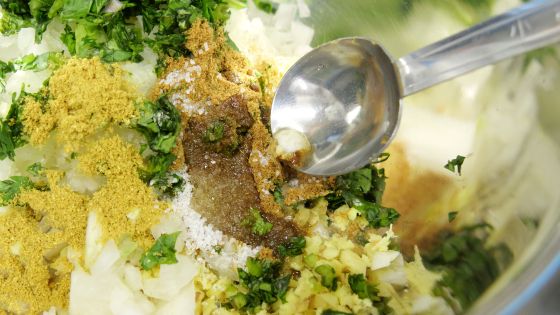
Add minced meat and mix. At this time, there is no need to knead like hamburger seeds, just mix the ingredients until they are even.
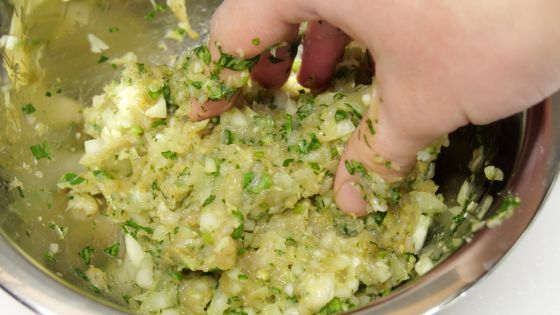
◆Wrap the seeds in the skin
Refrigerate the dough for 2 hours, then remove and cut into strips.

After cutting, tear each piece into pieces of about 10g each.
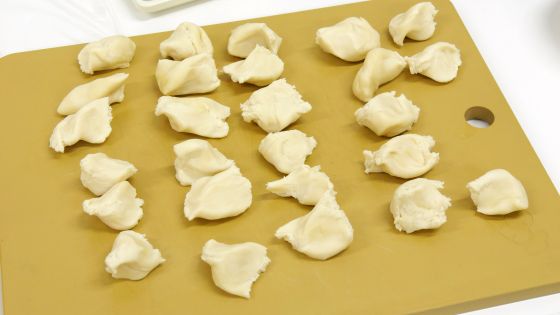
Roll out the dough thinly with a rolling pin to make a skin. Approximate diameter is 8cm.

After making the skin, wrap the tane. The leather is made with very little moisture, so it dries out fairly quickly. The trick is to wrap it quickly.

After wrapping the seeds, the preparation of the peach is completed. Then just steam. The editorial staff was too clumsy, and problems such as 'the shape is not well-formed' and 'seeds are attached to the outside of the skin' occurred, but I will accept it favorably as a taste unique to handmade.
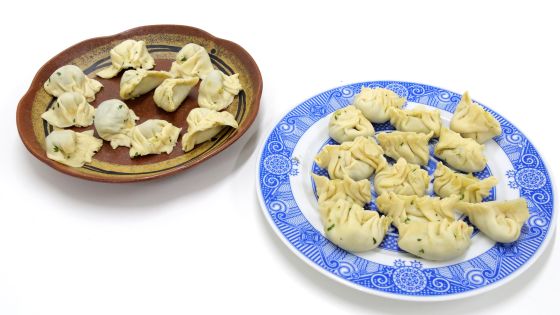
◆Steam
Since the editorial department does not have a steamer, we will use a normal pot as a steamer using a 'variable drop lid'.
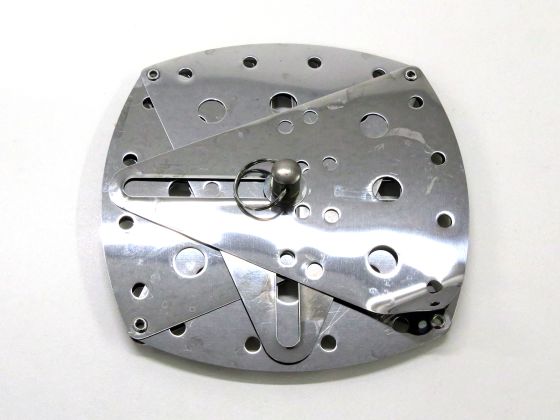
First, put a bowl on the bottom of the pot and add water.
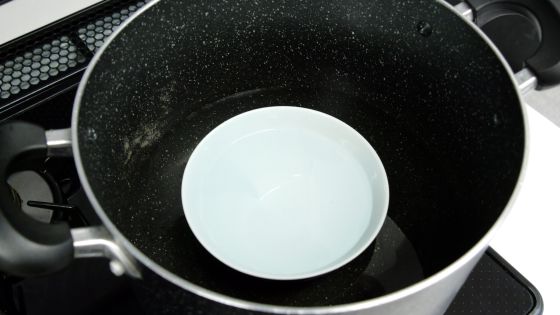
Place a drop lid on top of the bowl.

Set the cooking sheet on the drop lid and ignite. When the water boils, arrange the peaches.
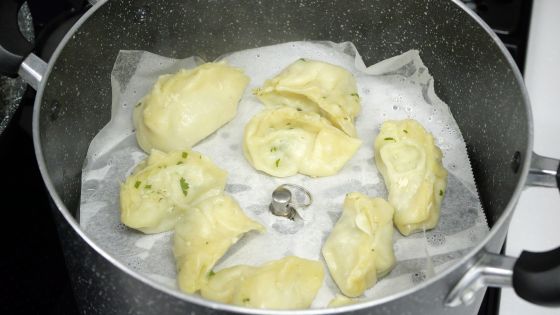
Cover and steam for 10 minutes.
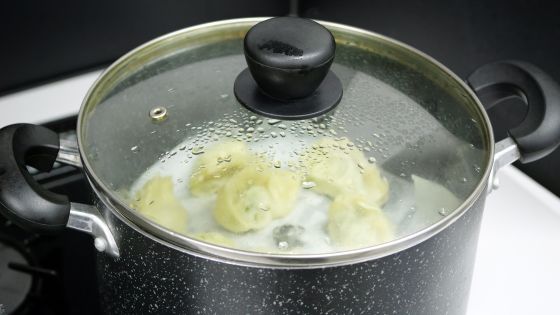
The finished peach looks like this. It looks a little bad, but it's a decent workmanship that has been steamed well.
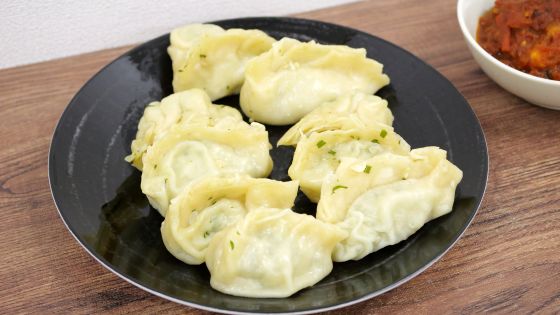
◆Actual meal
When I try to eat it, the skin has a slightly stiff texture. When the skin breaks in your mouth, the meat juices overflow like xiao long bao. The seeds contain plenty of coriander, but garlic, ginger, and spices mask the coriander flavor, making it easy to eat. An editorial staff member who is not good at coriander also commented that it was ``a taste that can be enjoyed as a novel flavored gyoza''.
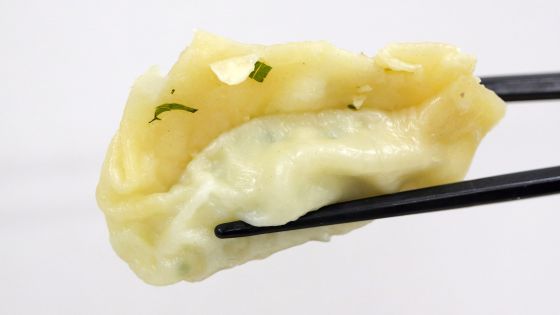
Momos are best served with plenty of chutney. The owner of a Nepalese restaurant told me that 'my way of eating is to put a lot of chutney on top', so I put a lot of
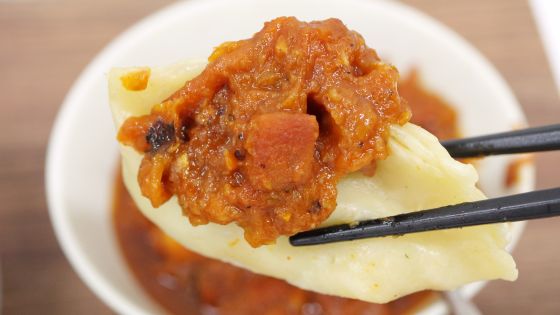
The peach recipe I made this time is a slightly modified recipe from the Nepalese cookbook 'Dal Bhat and Nepali Cuisine'. 'Dal Bhat and Nepali Cuisine' contains recipes for a wide variety of chutneys and curries besides peaches, making it a highly recommended book for an introduction to Nepalese cuisine. At the time of writing the article, ``Dalbat and Nepali cuisine'' is available at Amazon.co.jp for 2090 yen including tax for the book version and 1986 yen including tax for the Kindle version.
Dal Bhat and Nepalese Cuisine: Nepalese Curry Techniques and Recipes, Food Culture | Ryo Honda | Books |

Related Posts:







